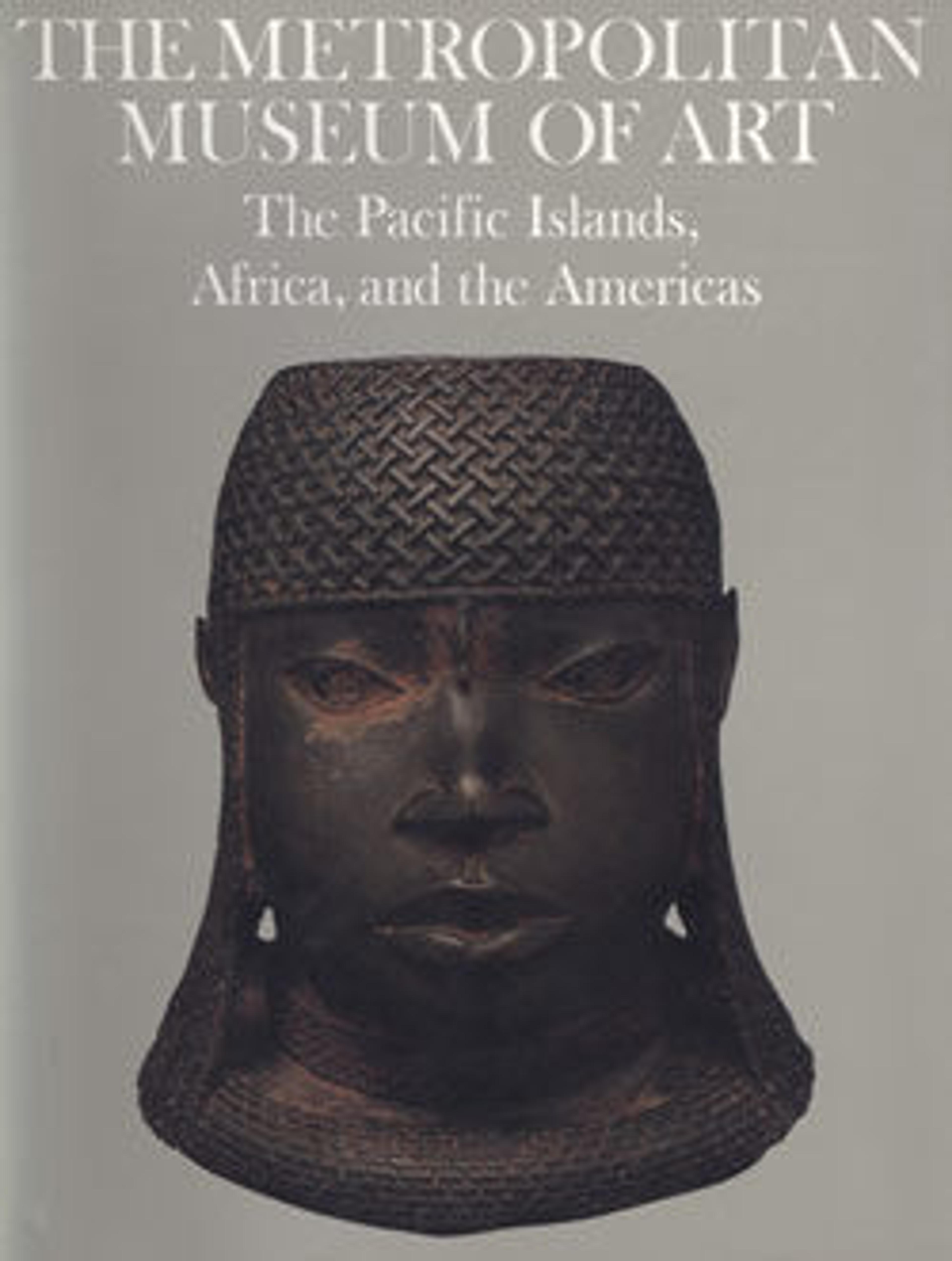Chalchiuhtlicue
The finely carved figure belongs to a sizable group of kneeling females that display costume elements identifying them as water deities called Chalchiuhtlicue ("she of the jade skirt") in Nahuatl, the language spoken by the Aztecs. In Aztec religion, the water goddess was the wife of the rain god Tlaloc, an ancient deity that had long been worshipped throughout Mesoamerica. Chalchiuhtlicue symbolized the purity and preciousness of spring, river, and lake water that was used to irrigate the fields. As a fertility goddess, she portrays the Aztec ideal of fertile young womanhood. Most typical of the water goddess costume is the distinctive headdress consisting of multiple thick bands, probably cotton, wound about the head and bordered above and below by rows of balls and two large tassels attached to the sides of the head. In back, the bands are twisted and tied in a prominent knot, the tasseled ends falling over her straight hair. Her clothing is that of a noble woman with a skirt and triangular shoulder cape bordered by a tasseled fringe. The water goddess was closely related to the Aztec corn goddess, Chicomecoatl, who is often also shown wearing this headdress, while holding ears of corn in her hands.
Artwork Details
- Title: Chalchiuhtlicue
- Artist: Mexica artist(s)
- Date: 1325–1521 CE
- Geography: Mexico, Mesoamerica
- Culture: Mexica (Aztec)
- Medium: Basalt, pigment
- Dimensions: H. 11 5/8 × W. 7 1/8 × D. 5 1/2 in. (29.5 × 18.1 × 14 cm)
- Classification: Stone-Sculpture
- Credit Line: Museum Purchase, 1900
- Object Number: 00.5.72
- Curatorial Department: The Michael C. Rockefeller Wing
More Artwork
Research Resources
The Met provides unparalleled resources for research and welcomes an international community of students and scholars. The Met's Open Access API is where creators and researchers can connect to the The Met collection. Open Access data and public domain images are available for unrestricted commercial and noncommercial use without permission or fee.
To request images under copyright and other restrictions, please use this Image Request form.
Feedback
We continue to research and examine historical and cultural context for objects in The Met collection. If you have comments or questions about this object record, please contact us using the form below. The Museum looks forward to receiving your comments.
